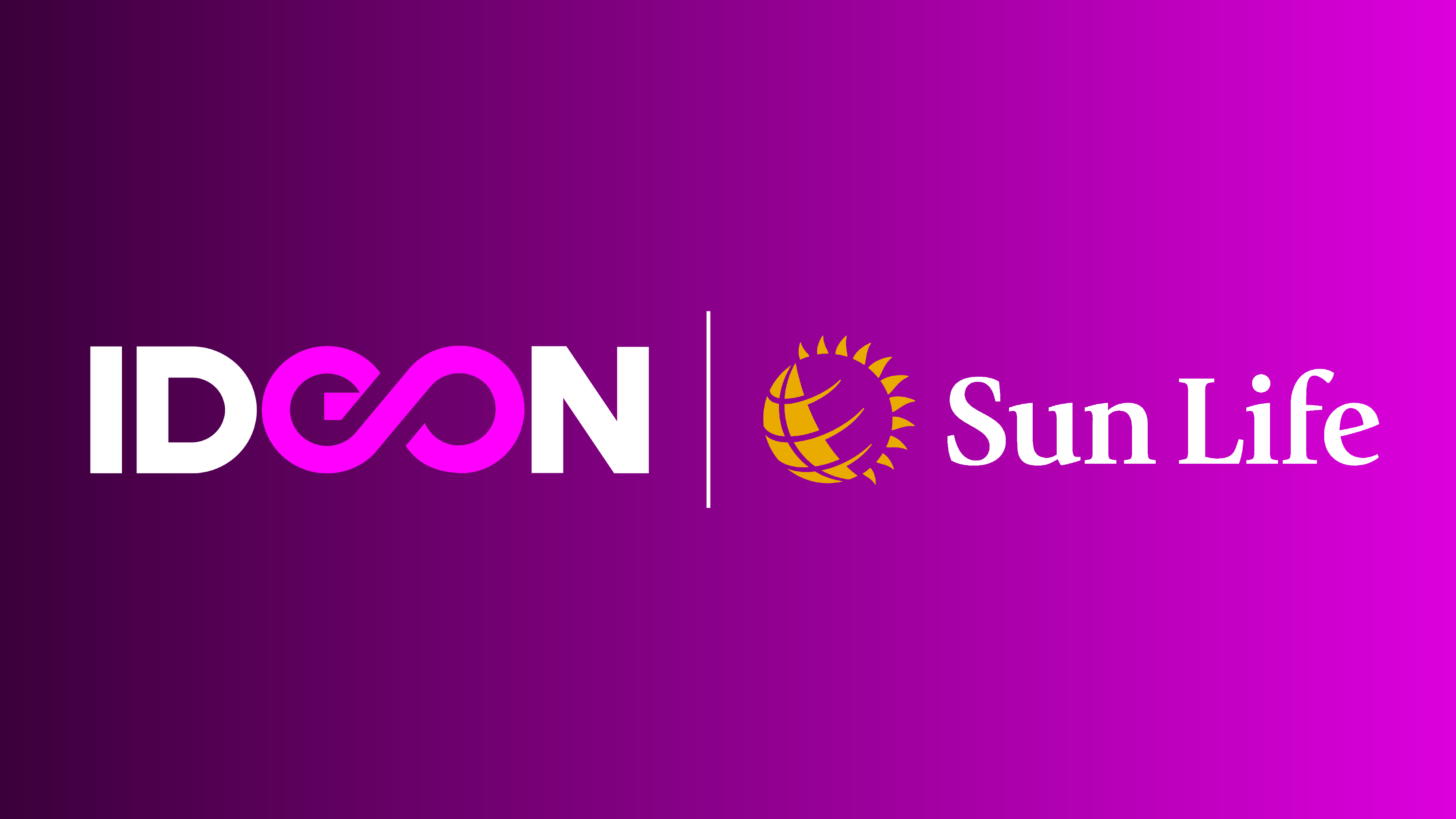Leading carriers and BenTechs are finally speaking the same language
Why is there never a time machine when you need one?
Companies that provide HR, payroll, and benefits software certainly could use a quick way to shuttle between generations. Their customers—employers and their employees—expect the speed and data-rich experiences of the latest smartphone apps. Meanwhile, most health insurance and benefits carriers remain in the early stages of transforming their systems for the modern era, with some still relying on decades-old technology.
So it’s no surprise that communication in this ecosystem is strained, with more than a few misunderstandings and awkward silences. Communicating enrollment and employee data, in particular, is a longstanding challenge — and of critical importance.
In the benefits industry, electronic data interchange (EDI) has for years been the most common data exchange technology. But as anyone in this ecosystem can attest, EDI is far from perfect, and it certainly doesn’t deliver the speed, efficiency, and accuracy that today’s consumers expect.
At last, there’s another way. Many forward-thinking carriers and benefits platforms are adopting API-powered middleware to replace, or at least supplement, their EDI connections. Middleware translates and exchanges data between today’s real-time connected systems and the older, EDI-based systems of most insurance companies. The result: two-way, consistent communication; unprecedented scalability and data accuracy; and an enrollment experience that, finally, meets employee expectations.
To understand the challenges faced by benefits platforms as they connect to carriers, and the advantages of APIs, Michael Levin, the CEO of Ideon, recently led a webinar featuring two experts with deep industry experience:
Cory Nicks, Manager of Insurance Operations of Rippling, an HR platform that has grown rapidly in part because of an obsessive devotion to automating processes that others handle manually.
Jeff Oldham, the CEO of Informed Consulting, who has more than 25 years of experience in the employee benefits business.
In a lively and informative discussion, the three discussed the need for carrier connectivity, the insurance industry’s slow effort at modernization, and how middleware enables benefits platforms to offer better service with far less effort.
What follows are six of the most useful insights from the session.
You can watch the entire webinar here.
1. HR and benefits platforms require connectivity to handle increased volume
Until about five years ago, Oldham explained, platforms focused only on technology to serve brokers, employers, and employees rather than direct electronic connections to carriers. “If you talked to a founder back then, the last thing they thought about was sending a file,” he said.
As the industry grew, platforms started to bog down with manual work. “There was no sense of automation,” said Nicks, who worked for years at Zenefits, a pioneering benefits technology platform. “We had forms and faxes and carrier portals.” Ultimately, he said, “figuring out how to distribute information to carriers became really difficult.”
By contrast, people building platforms today are using technology that allows for information to be exchanged between systems electronically through application programming interfaces (APIs), the best-practice method of digital communications. That’s how they expect to communicate with carriers and benefits providers as well.
Indeed, when Nicks started at Rippling in 2019, efficiency was a priority from the start. “A main focus of ours was getting information to the carrier as efficiently as possible without having huge operational teams typing information into portals and filling out forms.”
2. Carrier connectivity is the only way to deliver the speed and accuracy that both employers and employees demand
The consequences of a mistake in an employee benefits account can be high. Health insurance is one of the largest expenses at many companies. Premiums are deducted from employee paychecks. And, of course, medical care itself is often essential.
“When you have poor carrier connectivity, the file goes sideways, and yellow flags are thrown on the field,” Oldham said. “When the right information isn’t received, all kinds of problems occur.”
Consumers, moreover, have come to expect that the websites and apps they use at work will be as powerful as those they use to shop, bank, and communicate.
“Customers want their benefits to work like Amazon, where you buy something and the package comes within two days,” Nicks said. “If you choose your insurance on the benefit system, you want to be able to go to the doctor the next day and not have to pay $3,000 out of pocket when you should only have a $5 copay.”
3. Current electronic connection approaches don’t meet today’s consumer expectations
For several years, benefits platforms have formed digital connections to insurance carriers. But these haven’t used APIs. Rather, most carrier systems could only communicate through EDI: according to a recent Guardian report, about two-thirds of employers say EDI is their primary method of transmitting employee enrollment data to carriers.
These connections, however, create a range of challenges for platforms and their clients, Oldham explained. “EDI is a one-way street. Data is sent once a week, and nothing is returned. So there is a lag, and the information isn’t always correct.”
When benefits platforms connect to carriers through EDI, there’s an 8-12 week setup and testing process—and sometimes longer—for each group. “Each individual carrier has a different process,” said Nicks. “It’s not scalable for us. It’s not scalable for employers. And it’s not scalable for brokers.”
EDI, moreover, isn’t any better than paper forms at preventing and rectifying data errors and discrepancies. With APIs, by contrast, every transaction can be reviewed and validated proactively, without manual intervention. “It creates much cleaner data. It allows processing to go faster. And you don’t have as many support cases coming in,” Nicks said.
EDI’s inefficiencies, the panelists said, also trickle down to employees. For example, insurance cards may be delayed and payroll deduction and billing errors may arise. These critical issues can spoil employees’ overall benefits experience. In fact, a majority of employees say a poor benefits enrollment experience could make them consider looking for another job.
4. Carriers are upgrading their technology (slowly)
Health insurance and group benefits carriers are replacing their EDI connections with APIs, but the change is part of a long-term evolution of legacy technology, Oldham said. “Of the top 20 carriers we speak to,” he explained, “all of them either have an API strategy or they are building the strategy in 2022.”
Providers of ancillary and voluntary benefits—such as dental, vision, life, and hospital indemnity insurance—are generally quicker to adapt to new market demands than medical carriers, Oldham said. He predicted that 60-75% of the ancillary carriers would move to API connections over the next five to seven years.
Health insurance companies will be slower to change, he predicted, with national carriers and those in large markets adopting APIs before those in less competitive regions. But change is coming to all parts of the ecosystem.
5. Middleware bridges the technology gap between carriers and HR platforms.
Benefits platforms, then, are caught between employers who want the speed and accuracy of API-powered connectivity now and carriers who will take years to fully replace their EDI connections.
For a growing number of savvy benefits technology providers, the solution is middleware—a service that integrates with the benefits platform through a single modern API, checks for errors, and then translates transactions into the format each carrier prefers, most commonly EDI.
“For a benefits administration company, middleware is real-time, secure, and scalable,” Oldham said.
Middleware, he adds, is a ubiquitous way for businesses in every industry to simplify their workflows. Nearly every retailer, he explained, sends all their credit card charges to a single payment processor—a middleware provider that routes them to the appropriate card issuer. “Home Depot doesn’t want to create separate files to send MasterCard, Visa, and Amex,” he explained.
6. Using middleware saves time for even the most sophisticated technology teams
Most benefits platforms have built EDI connections to numerous carriers, but this turns out to be a significant drain on resources.
At Zenefits, Nicks recalled, “we were trying to be the middleware because we didn’t want to pay someone else to handle the translation.” Ultimately, this spawned “a gigantic operational function with engineers going back and forth with each carrier,” he said. “That’s not the kind of work engineers want to do, and it’s not a good ROI for a software company.”
At Rippling, Nicks looked for a different way. “We wanted to make sure that everything was automated, and everything was easy. That way our engineers could work on what was exciting to them: building new product functionality,” Nicks said.
Rippling uses Ideon (formerly Vericred) as middleware to connect to health insurance and benefits providers. “Having a middleware partner like Ideon allows our engineers to work on our product,” Nicks says. “I don’t have to build out a gigantic team to focus on each of the carriers.” Now a team of eight people handles all of Rippling’s carrier connections; without middleware, he explained, Rippling would need more than 100.
“Middleware keeps our operating costs low,” Nicks concluded, “And brokers can trust our platform to enroll groups with a multitude of different carriers without our having to build out connections to each of them.”
Want more insights on carrier connectivity trends? You can watch the entire webinar here.
Ideon’s API middleware: Powering fast, accurate, scalable data exchange for carriers and benefits platforms
Nobody has more experience helping benefits platforms and insurance carriers modernize their digital connectivity strategy than Ideon. Our API middleware offers speed, operational savings, scalability, format consistency, and reliability to dozens.
For more information, contact sales@ideonapi.com








